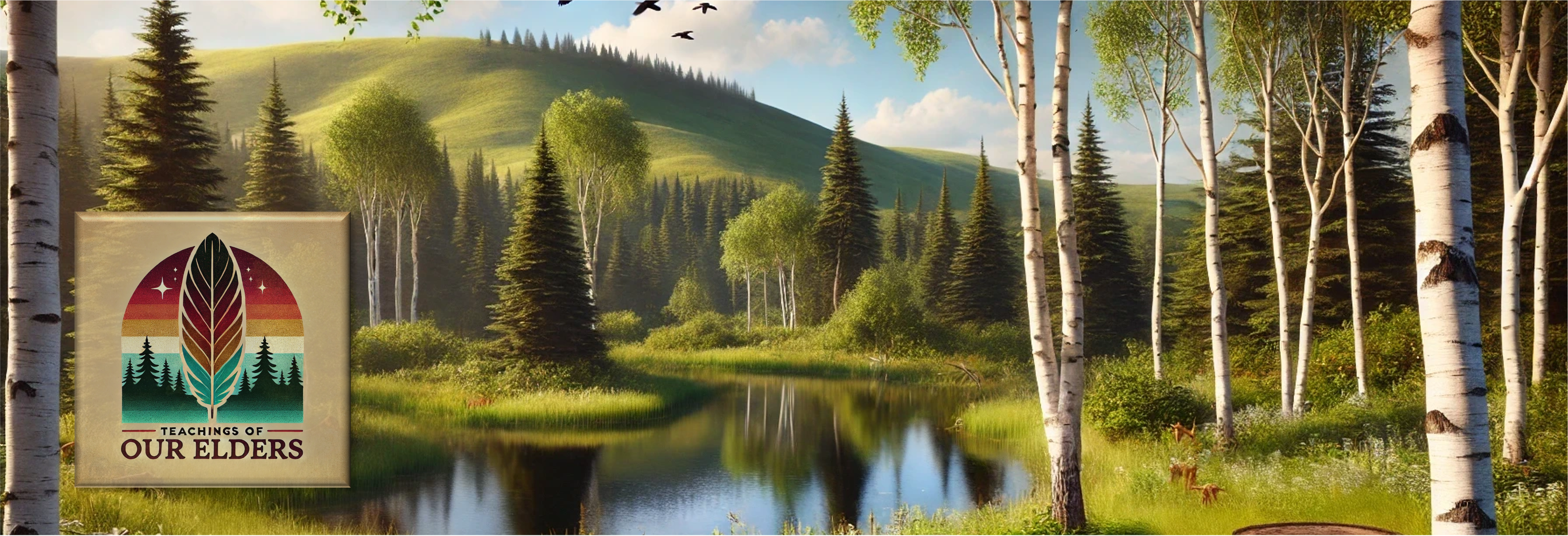| Inquiry Design Model (IDM) Blueprint™ |
| Geography and Interconnectedness |
| NDNAEU 1 “Sacred Relatives”, NDNAEU 7 “Native Identity” |
| Compelling Question | How does our interconnectedness to the land and our understanding of geography help us understand the world around us? |
| Standards and Practices | G.K_2.1 Construct maps, graphs, and other representations that contain symbols, labels, and legends. G.3_5.1 Construct maps, graphs, and other representations of both familiar and unfamiliar places. G.3_5.2 Use geographic tools and technologies to acquire, process, and report information from a spatial perspective. |
| Staging the Question | How does the language of geography help us describe and understand the world? |
| Supporting Question 1 | Supporting Question 2 | Supporting Question 3 |
| What are the Five Themes of Geography? | How does vocabulary help us to describe the world around us? | How are we related or connected to the world around us? |
| Formative Performance Task | Formative Performance Task | Formative Performance Task |
| Five Themes: Location, Place, Human-environment interaction, Movement, Regions Use the “Education World” link below to explore the 5 Themes. Focus on the Human-Environment Interaction to begin looking at our interconnectedness to the land. Share the video below from Dr. Wayne Fox to begin a discussion about our relationship to the land. | Discuss the following Geography terms: cardinal direction, compass, latitude, longitude, meridians, delta, bay, cape, gulf, island, lake, mountain, range, peninsula, plain, sea, valley Use the link below to help students become familiar with the above vocabulary. Follow up with the National Geographic video that shows the landforms around the world. What are some practical ways that this vocabulary can help us in our day to day lives? | Combine the lessons around the 5 Themes of Geography and the Language of Geography by using the video of JT Shining Oneside below. JT discusses the importance of seeing all of creation as sacred and connected to us. Have students choose a couple of questions from the video resource to write a reflection. How does it change things when we see the land and everything around us as our relatives? |
| Featured Sources | Featured Sources | Featured Sources |
| https://www.educationworld.com/a_lesson/lesson/lesson071.shtml https://teachingsofourelders.org/essential-understanding-1-dr-wayne-fox/ | https://www.nationalgeographic.org/activity/mapping-landforms/ | https://teachingsofourelders.org/essential-understanding-1-jt-shining-oneside/ |
| SUMMATIVE PERFORMANCE TASK: Supported Claim (written/spoken) or Demonstration of Process (project-based) | Demonstration: Have students create a geographical model of the landscape in which they live. Have them include both the vocabulary they have been learning as well as ways they relate to the things found in the environment around them. |
| SUMMATIVE PERFORMANCE TASK: Extension | Invite an elder in to talk about how we are all interconnected as living and non-living things on this earth. How does a deep understanding of interconnectedness change the way we interact with our surroundings? |
| Taking Informed Action / Real World Application | None |

